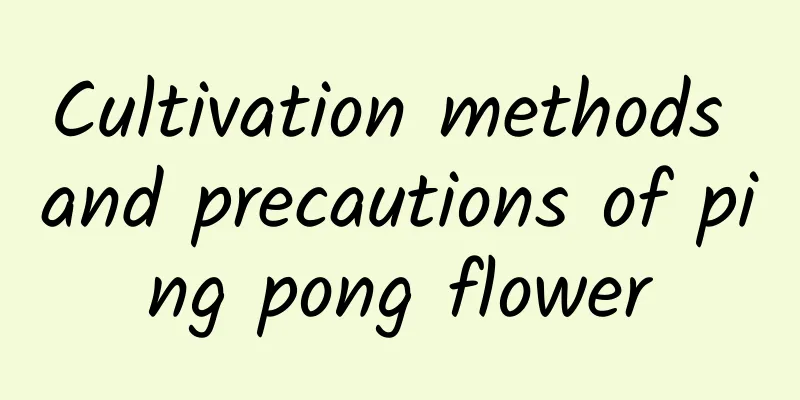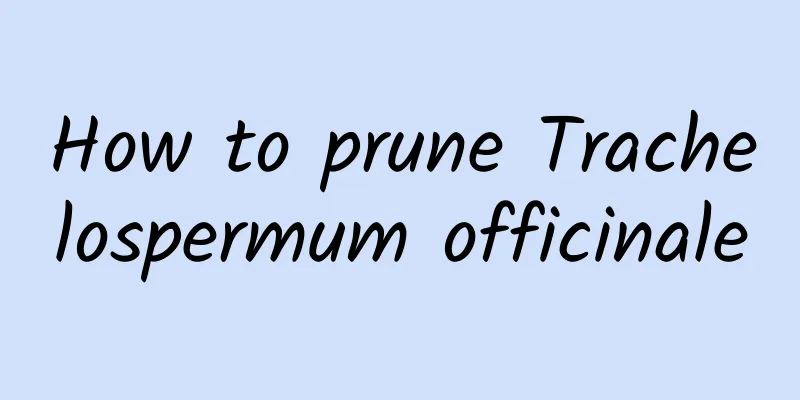The propagation and cultivation method of Syngonium

Reproduction methodCutting propagationCuttings can be taken from May to October when the temperature is above 15℃. The cuttings can be cut from the tip 2 to 3 nodes of the stem or the middle 2 to 3 nodes of the stem, and the base can be left to continue to sprout new branches. The planting bed can be made of river sand, vermiculite or moss, and the seeds will take root 10 to 15 days after planting. Sometimes, when the air humidity is high, aerial roots often grow on the nodes of Syngonium. You can cut them off and plant them directly in a pot and keep them in a semi-shaded place. Some vines have stems that grow close to the ground, and their adventitious roots at the nodes grow directly into the ground, so they can be potted simply by digging them out. Tissue propagationThe stem top and side buds of Syngonium are often used as explants. After routine disinfection, the stem top is inoculated on MS medium supplemented with 5 mg/L 6-benzylaminopurine and 2 mg/L indoleacetic acid. After 45 days, the adventitious buds are transferred to 1/2 MS medium supplemented with 2 mg/L indoleacetic acid to induce rooting, and they become complete plantlets after about 20 to 25 days. Cultivation managementFertilizationFertilize once every half month during the growing season or use "Huiyou" 20-8-20 high potassium nitrate fertilizer for all seasons to promote luxuriant growth and multiple branches of the plant. WateringWhen caring for the plant indoors in winter, be careful not to make the soil in the pot too wet. Otherwise, low temperatures and high humidity will cause the roots to rot and die or the leaves to turn yellow and fall off, affecting their ornamental value. pruneWhen cultivated outdoors, the stems should not be left too long to avoid being blown away by strong winds. The stems and leaves grow rapidly in summer, and potted plants need to be pinched and shaped for viewing. When grown in hanging pots, the stems and vines hang down. If they are too long or too dense, they need to be thinned out and shaped to maintain a beautiful plant shape. Adult plants can be pruned heavily when repotting in spring to allow for re-sprouting and renewal. Pests and diseasesFor common leaf spot and gray mold diseases, spray with 700 times diluted 70% mancozeb wettable powder. Usually, you can use equal amounts of Bordeaux liquid to spray for prevention. Insect pests include whiteflies and thrips that damage stems and leaves. They can be killed by spraying with 1500 times diluted 40% oxydemeton-methyl emulsifiable concentrate. |
Recommend
How to prune Daphne odora
When to prune Daphne koreana Osmanthus fragrans c...
What to do if white spots appear on succulent plants after watering
The reason why white spots appear after watering ...
How to water freesia
Watering requirements Although freesia's dema...
How to eat carambola? What are the taboos? What can't be eaten with it?
1. How to eat 1. There are many ways to eat caram...
How to plant lotus root seeds
Lotus root seed planting time Lotus root is more ...
How often should the anthurium be watered? How much water is needed?
How often should you water Anthurium? Generally, ...
How to propagate silver-edged spider plant
1. Cutting propagation 1. Prepare the cuttings We...
How to grow woody hydrangea
1. Soil Woody hydrangeas do not have strict requi...
Can spider plants be placed in the bedroom?
1. Can it be released? It can be placed inside. N...
Cultivation methods and precautions of Chinese aloe
1. Flower soil It does not have high requirements...
Hibiscus Pest Control
Hibiscus aphid Aphids are one of the most common ...
Is pumpkin a squash? What is the difference between squash and pumpkin?
1. The difference between pumpkin and squash Acco...
How can the weeping angel safely survive the winter? Is the weeping angel evergreen?
1. How to safely survive the winter 1. Maintain t...
How to deal with the yellowing leaves of the money tree?
As a popular indoor plant, the money tree often s...
How to make lotus roots grow quickly
How to quickly root a lotus leaf 1. Half soil and...









